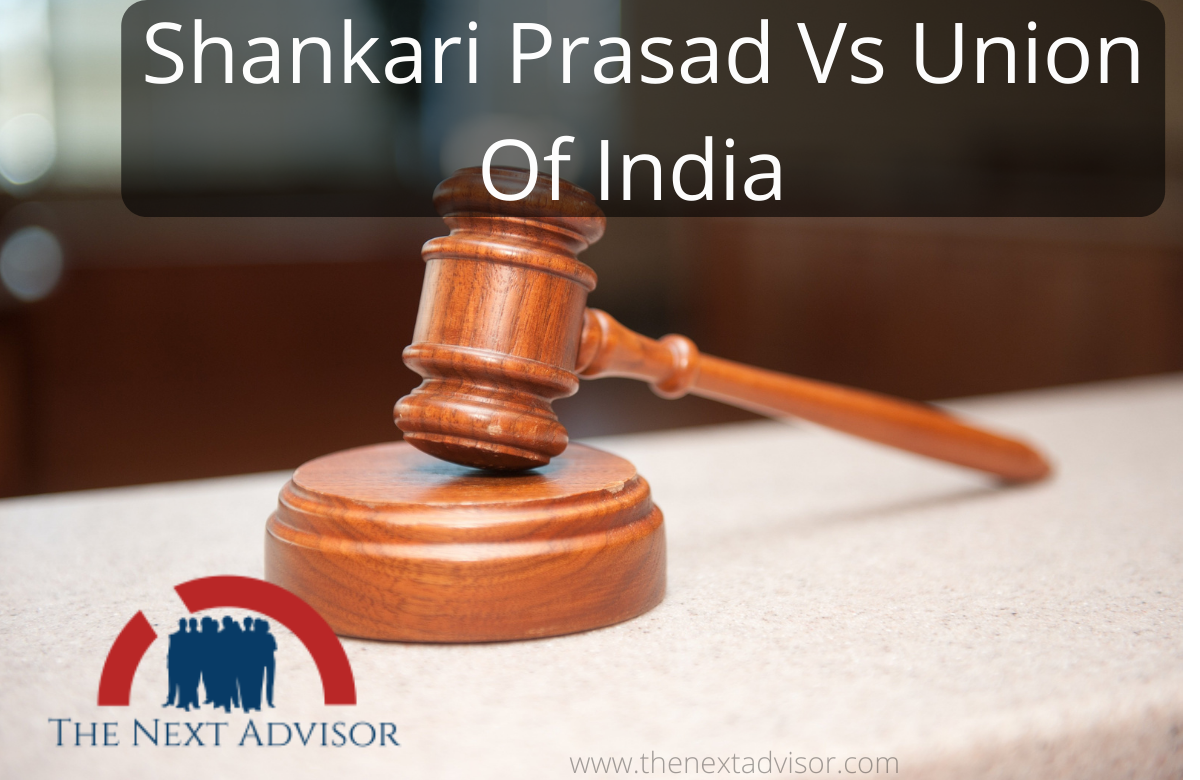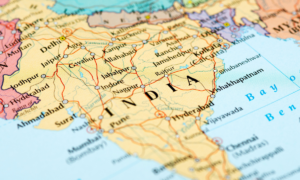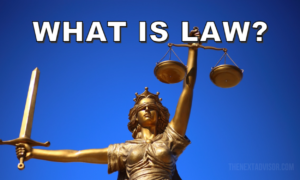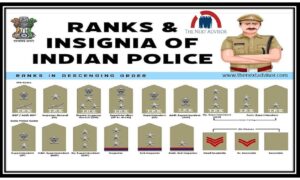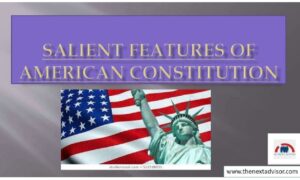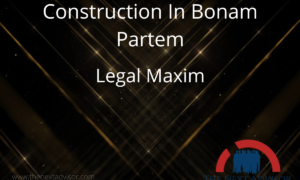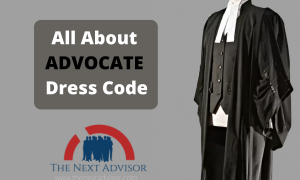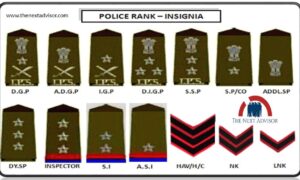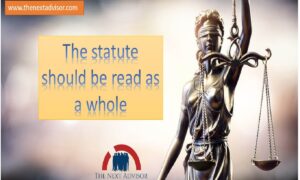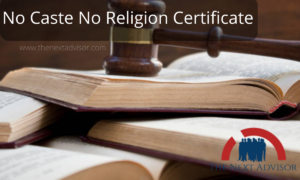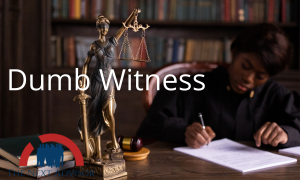Brief background of the Shankari Prasad Vs Union Of India case (It is a landmark judgment)
• In order to abolish the Zamindari system widely prevalent in India, some State Govts enacted the Zamindari Abolition Act to acquire huge holding of land that lay to rich zamindars, and redistribute them among the tenants. But the same was challenged as being unconstitutional and violative of the Right to Property that was included in the Fundamental Rights.
• The Act was held unconstitutional by the HC of Patna but was upheld by the HCs of Allahabad and Nagpur; whereby eventually the matter was put before the Supreme Court.
• In the midst of this, the Union Govt brought forward the First Amendment to the Constitution, validating the Zamindari Abolition laws and limiting the Fundamental Right to Property. New Articles 31 A and B were included in the Constitution to validate the impugned measures.
• The Zamindars challenged the First Amendment in the Supreme Court, stating that it was unconstitutional and invalid.
FACTS of Shankari Prasad Vs Union Of India Case
• Constitutional validity of First Amendment of 1951
• Zamindari System
• Land was taken away by the government
• Difference in opinions of the High Courts of Patna, Allahabad & Nagpur
• Fundamental Rights violated.
ISSUES in Shankari Prasad Vs Union Of India Case
• Whether the First Constitutional Amendment 1951 passed by the parliament which inserted Article 31A and 31B is valid?
• Whether the fundamental rights provided in part III of the constitution can be amended by the parliament under Article 368?
• Whether the word ‘ law ‘ used in Article 13 also includes the constitutional amendment acts ( constituent laws )?
The Supreme Court Judgement in Shankari Prasad Vs Union of India
In Shankari Prasad Vs Union Of India Court was held that the power of the Parliament to amend the Constitution including the Fundamental Rights is entailed in Art 368 and is not violative of the provisions of the Constitution
• they do not curtail the powers of the High Court under Art. 226 to issue writs for enforcement of any of the rights conferred by Part III
• Articles 31A and 31B were held not invalid on the ground of ultra vires; the Court declared that though the subject of ‘ Land ‘ came under the State List, the power to enact amendments of the Constitution lay solely with the Parliament.
• In the midst of this, the Union Govt brought forward the First Amendment to the Constitution, validating the Zamindari Abolition laws and limiting the Fundamental Right to Property. New Articles 31 A and B were included in the Constitution to validate the impugned measures.
• The Zamindars challenged the First Amendment in the Supreme Court, stating that it was unconstitutional and invalid.
• five-judge Bench • upheld the validity of the First Constitutional Amendment Act ( 1951 ) and thereby dismissed the petition
• the word ‘ law ‘ in Article 13 ( 2 ) includes only ordinary laws and not constituent laws.
• power of the Parliament to amend the constitution under Article 368 also includes the power to amend Fundamental Rights.
ANALYSIS of Shankari Prasad Vs Union of India Judgment
• Harmonious Construction
• Narrowed the scope of Art 13 but gave power to Parliament. Shankari Prasad Vs Union Of India Case Overruled in I.C Golaknath vs. the State of Punjab.

